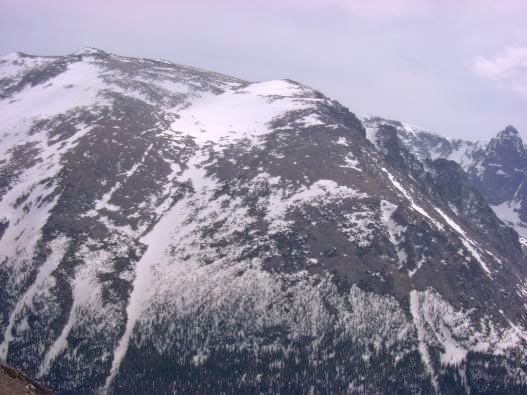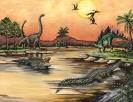Condition- They're almost completely opposite. Tundra is located on earth's poles, which receive little sunlight making it extremely cold. Little vegetation can become established because of the permafrost that prevents root systems, as well as the winds that clear miles of open land. In contrast, tropical rainforests receive direct and constant sunlight, which evaporates large amounts of water into the atmosphere only to drop back down again. Though rainforests only occupy 3% of the earth, it contains over half of the worlds species - the most diverse biome in the world.
Animals in the
tundra- Animals that live in the tundra have special adaptations that allow them to survive the
Polar Bear
extreme temperatures and conditions that are present in a tundra. A good example
of an animal with special adaptations is the Arctic Fox. The Arctic Fox has short ears
and a short, round body with a thick coat to minimize the amount of skin exposed to
the frigid air. There is a low amount of biodiversity in the tundra so fluctuations in
one animal population will effect populations in another. An example of this would be
that if in a certain year there is a lower amount of Lemmings than usual, then the
population of Snowy Owls, who feed mostly on Lemmings, will also decrease.
Animals that live in the tundra-
Caribou
Arctic Fox
Arctic hare
Snowy Owl
Musk Ox
Rock Ptarmigan
Animals in the rainforest-On the forest floor, the lowest layer, live thousands of species of ant, termite, beetle and bug. Butterflies are important rainforest insects. Butterflies feed on nectar, and are important because they pollinate flowers.
Many species of birds live in the canopy layer of the rainforest. The gray parrot is one species of bird that lives in the African rainforest. They can fly very fast and are noisy birds. They can be taught to talk, so they make popular pets. Hornbills are another species of bird in the African rainforest. They eat fruits and insects. The bird in the picture on the left is a hornbill. Both parrots and hornbills make their nests in holes in the trees.
Frogs and toads occupy the rainforest because they like the moist environment. Tree frogs have flat bodies and round toes that help them cling to leaves and branches. Snakes live in the trees and alligators and crocodiles live in rainforest rivers.




























